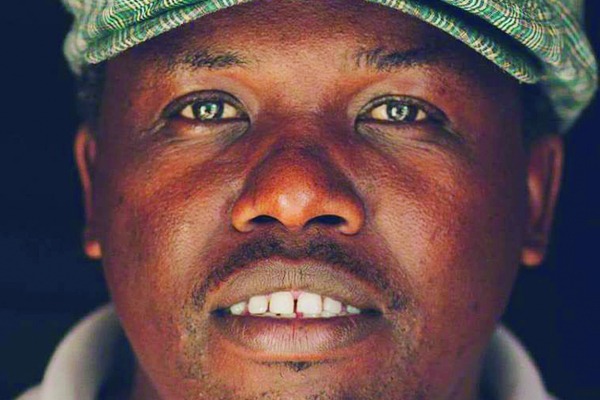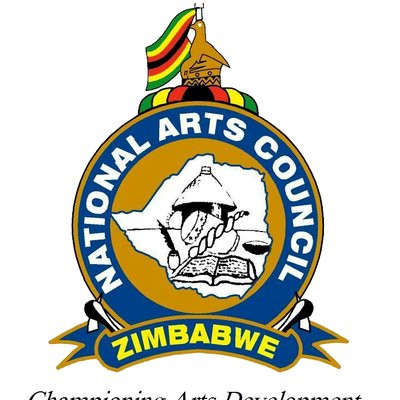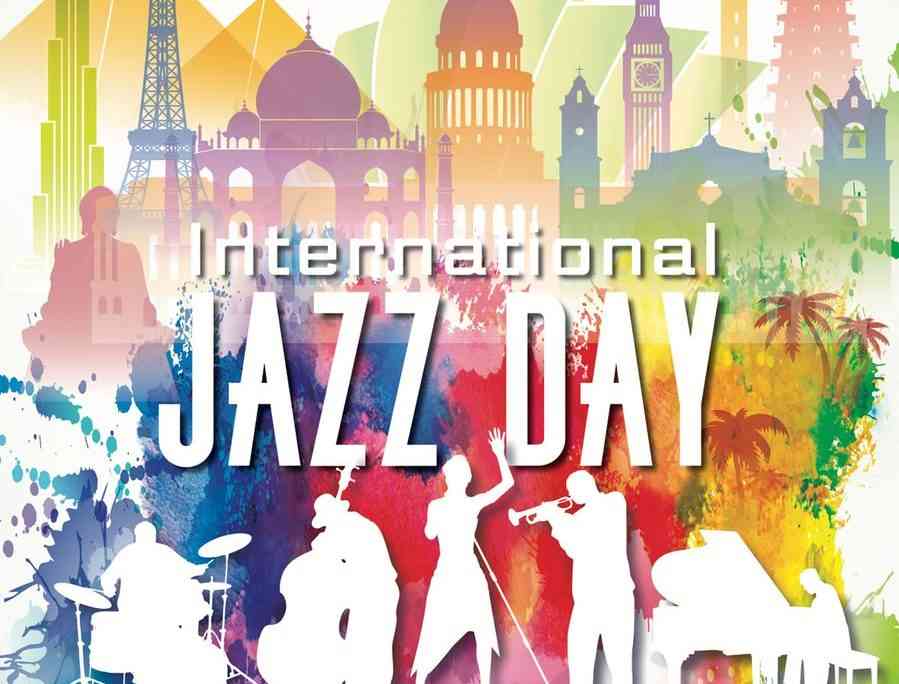
Sneak Peek: Sharon Sibindi
NATIONAL Gallery of Zimbabwe Bulawayo’s assistant curator Cliford Zulu said curatorial practice was still a fairly new concept in the country and, as such, he was facing challenges working with artists who did not believe and understand the role of a curator.
As a freelance artist from 1997, Zulu joined and chaired the Visual Artists Association of Bulawayo (VAAB) in 2006. He later joined the gallery as visual arts development and outreach officer.
NewsDay (ND) Life & Style reporter Sharon Sibindi recently caught up with Zulu (CZ), who spoke about his experiences at the gallery and his interests in the arts industry. Below are the excerpts;
ND: Who is Cliford Zulu?
CZ: I am a visual artist, carver and sculptor, to be exact, when I am not practising art, I work for the National Gallery of Zimbabwe as the Bulawayo curator. When I am not at work or sculpting, I am a husband to Buhlebenkosi Zulu and father to Alex and Kyle.
ND: How did you launch your arts career?
CZ: It all started when I was growing up in Mzilikazi, just like in any other neighbourhood when children play together, all sorts of skills and talents are also revealed. So I was interested in art, be it clay moulding or assembling things together to create a wire car or kite or any other home-made toy. My toys were aesthetically different because every other kid wanted me to make them similar or some would just take mine. At primary school, I was fortunate to attend Trenance and Mzilikazi, both schools had art as separate subjects. I remember when I was in grades 6 and 7, we used to go to Mzilikazi Art and Craft Centre on Thursdays to have the feel of a functioning art centre and to inspire talent, something that the schools or Mzilikazi Art Centre no longer does.
- Chamisa under fire over US$120K donation
- Mavhunga puts DeMbare into Chibuku quarterfinals
- Pension funds bet on Cabora Bassa oilfields
- Councils defy govt fire tender directive
Keep Reading
I lost my practice in high school because Mzilikazi High School did not offer art as a subject. I returned to Mzilikazi suburb in 1995 and majored in wood and stone sculpture.
ND: How long have you been at the gallery?
CZ: I was a freelance artist from 1997 to 2006, before I joined the National Gallery of Zimbabwe as the visual arts development and outreach officer in Bulawayo. Between the years, I joined and chaired VAAB and participated in various exhibitions beyond our borders. I was also keen on arts policy and management through my participation in various arts and culture workshops and short courses.
ND: What inspired you to become a curator?
CZ: The National Gallery of Zimbabwe was introducing curating in all the three galleries, namely Harare, Bulawayo and Mutare. So having spent five years doing outreach exhibitions, I challenged myself into curating. So in 2011, I was appointed NGZ assistant curator responsible for gallery and deputising the regional director. The NGZ chief curator and mentor Raphael Chikukwa was instrumental in developing a contemporary curatorial practice in Zimbabwe, an initiative that has boosted the visual arts practice to another level in this country.
ND: Are there any special qualifications required for one to be a curator?
CZ: Yes, for one to be a visual arts curator for a gallery, he or she needs to be knowledgeable and have interest in the art and craft history of the country. In Zimbabwe, unfortunately, there is no institution of higher learning that offers curatorial studies. However, one can study art management courses at Lupane State University or Bachelor of Arts in African Languages and Culture from Midlands State University. Chinhoyi University of Technology now offers good art courses. So to study curating, one has to go to South Africa or overseas.
ND: What can you say are your achievements since you joined the art gallery?
CZ: I am proud to see that most of the artists practising today were identified and supported by the outreach programme. I think my curatorial highlight so far has been managing the inaugural Zimbabwe Pavilion in Venice, Italy, in 2011. One thing about curating is that the world is your working space, so travelling to all these countries on national duty for me is a major achievement.
ND: What can you say were your failures?
CZ: I think that my failure has been the inability to complete my curatorial projects, especially my research projects because the demand in the office is just heavy. I hope this year I will be able to improve on that.
ND: Do you have any challenges in executing your duties?
CZ: Curatorial practice in Zimbabwe is still a fairly new concept, so one of the major challenges is to work with artists who do not believe or understand the role of a curator. The other challenge is also to bring our people into gallery spaces so that they may enjoy Zimbabwe and international art and at the same time invest in these concepts and ideas.
ND: How do you relate with the artists?
CZ: Like I said, it has been a challenge because the artists have been working on their own and selling their work without the curators. So the introduction of curatorial practice has been somewhat slow because of these challenges. So curators had to work extra hard to have in artists trust a curator in their practice. Now that artists understand that the curator is like a music producer, the relationship is becoming more and more pronounced. You can look at examples of artists that the NGZ supported through their participation in Venice, for example, all of a sudden every progressive artist now wants to reach that level. There are so many platforms now like art fairs and biennales across the globe.
ND: What can you say are the stumbling blocks in visual and mural arts?
CZ: As long as the Zimbabwean art is being funded by non-Zimbabweans, that is the number one stumbling block.
ND: How has been your experience, working with international artists coming to the gallery?
CZ: One of the projects that I am working to establish in Zimbabwe is the visiting-artist-in-residency. We also want our people to experience art by practitioners from other countries, in other words, cultural exchange programmes. So working with visiting artists and collaborations is the new form of art tourism and we are keen as a gallery to pursue that.
ND: What is your view on the future of the arts industry in general?
CZ: We have done well in Zimbabwe as far as the visual art is concerned. We are fortunate in Bulawayo to have good training facilities like the Mzilikazi Art and Craft Centre and the Bulawayo Poly Art School. The combined creative sector in Zimbabwe contributes around US$100 million per year to the country’s Gross Domestic Product, with 5,4 million people working in cultural industries. This is according to a baseline survey or study by the Culture Fund of Zimbabwe in 2009. The placing of creative industries in various ministries is not helping the growth of the sector to the desired level.











